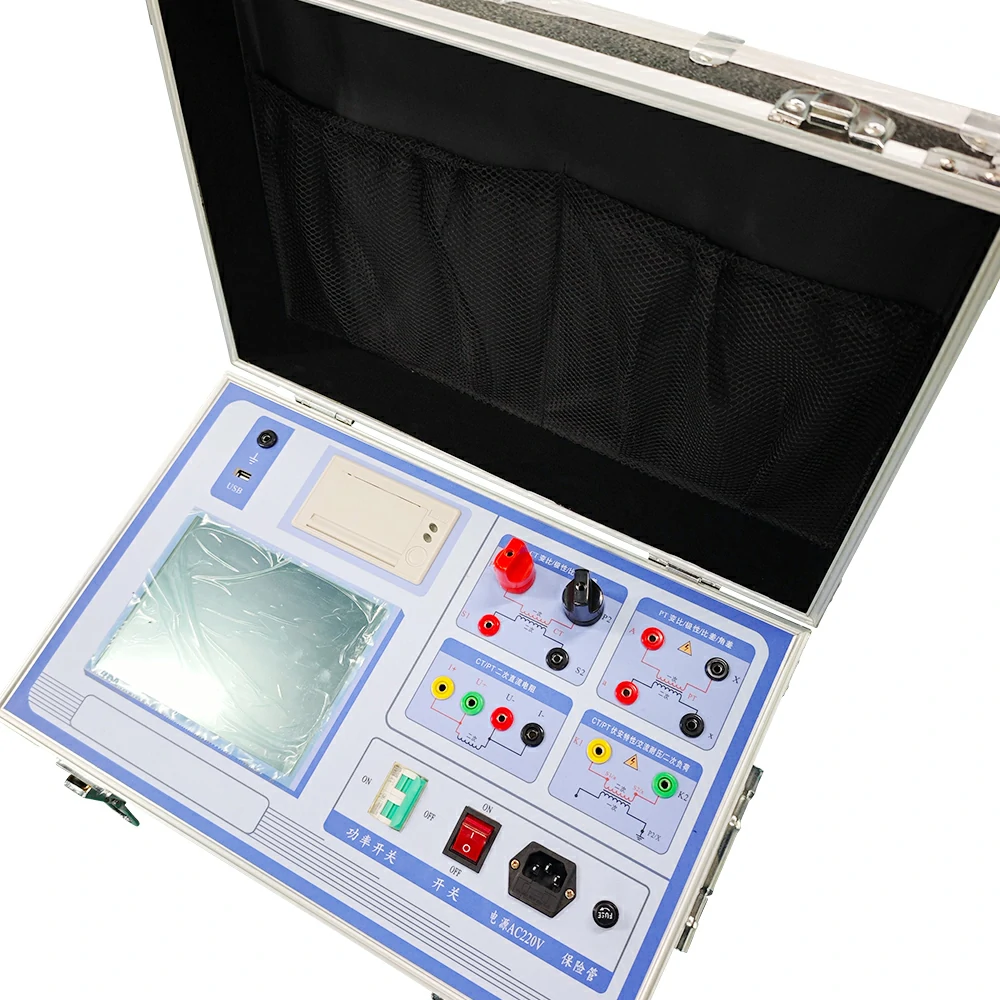Dielectric strength testing and transformer testing are both important aspects of electrical equipment testing, but they focus on different aspects and serve different purposes.
Here’s a breakdown of the differences between dielectric strength testing and transformer testing:
- Dielectric Strength Testing:
- Purpose: Dielectric strength testing, also known as high-potential or hipot testing, is performed to assess the insulation integrity and withstand voltage capability of electrical insulation materials and components.
- Method: In dielectric strength testing, a high voltage is applied to the insulation under test for a specified duration to determine if it can withstand the applied voltage without breaking down. The insulation is typically subjected to a voltage significantly higher than its rated operating voltage to ensure safety and reliability.
- Parameters: The key parameter measured in dielectric strength testing is the breakdown voltage, which is the voltage at which the insulation fails and allows current to flow through it. The breakdown voltage indicates the insulation’s ability to withstand electrical stress without breakdown.
- Applications: Dielectric strength testing is commonly performed on various electrical components and materials, including cables, wires, insulation systems, capacitors, and insulating oils, to ensure they meet safety standards and performance requirements.
- Transformer Testing:
- Purpose: Transformer testing is performed to assess the performance, condition, and reliability of transformers used in electrical power systems. It involves various tests to verify transformer parameters such as turns ratio, insulation resistance, winding resistance, power factor, and load capability.
- Method: Transformer testing encompasses a range of tests, including turns ratio tests, insulation resistance tests, winding resistance tests, transformer testing power factor tests, and impedance tests. These tests are conducted to evaluate different aspects of transformer performance and to identify any issues or defects that may affect its operation.
- Parameters: The parameters measured in transformer testing depend on the specific test being performed. For example, turns ratio testing measures the ratio of primary to secondary turns, insulation resistance testing measures the resistance of insulation between windings and ground, and winding resistance testing measures the resistance of transformer windings.
- Applications: Transformer testing is essential for ensuring the reliability and safety of transformers in electrical power systems. It is performed during commissioning, routine maintenance, and diagnostic troubleshooting to verify transformer performance and identify any issues that may require corrective action.
In summary, while both dielectric strength testing and transformer testing are important aspects of electrical equipment testing, they focus on different aspects and serve different purposes. Dielectric strength testing assesses the insulation integrity and withstand voltage capability of insulation materials, while transformer testing evaluates the performance and condition of transformers used in electrical power systems.
